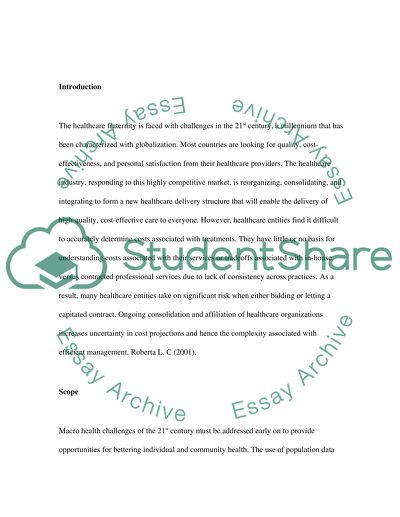Cite this document
(Healthcare Delivery Report Example | Topics and Well Written Essays - 2000 words, n.d.)
Healthcare Delivery Report Example | Topics and Well Written Essays - 2000 words. https://studentshare.org/health-sciences-medicine/1518123-health-care-informatics
Healthcare Delivery Report Example | Topics and Well Written Essays - 2000 words. https://studentshare.org/health-sciences-medicine/1518123-health-care-informatics
(Healthcare Delivery Report Example | Topics and Well Written Essays - 2000 Words)
Healthcare Delivery Report Example | Topics and Well Written Essays - 2000 Words. https://studentshare.org/health-sciences-medicine/1518123-health-care-informatics.
Healthcare Delivery Report Example | Topics and Well Written Essays - 2000 Words. https://studentshare.org/health-sciences-medicine/1518123-health-care-informatics.
“Healthcare Delivery Report Example | Topics and Well Written Essays - 2000 Words”. https://studentshare.org/health-sciences-medicine/1518123-health-care-informatics.


